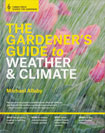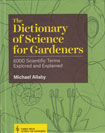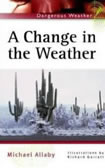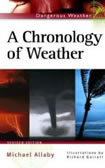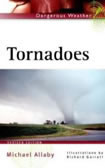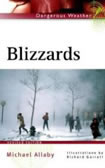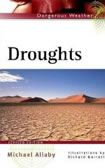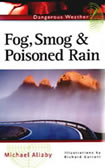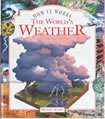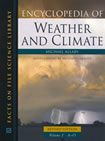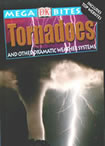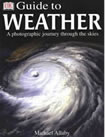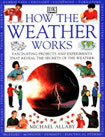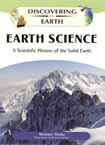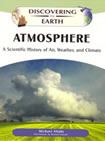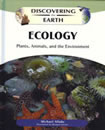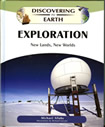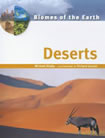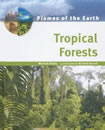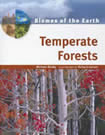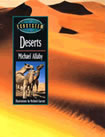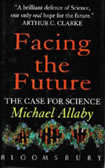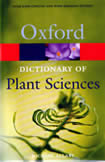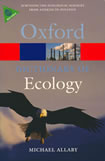Basics of Environmental Science (second edition)
Routledge, London and New York
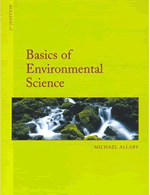 |
|
| buy now from amazon.co.uk | |
| buy now from amazon.com | |
After an introduction outlining the history of our attitude to the natural world, the book divides the subject into five sections. Two of these deal with the physical environment and physical resources, two with the biosphere and biological resources, and the final section discusses environmental management.
Not all readers will have a scientific background, so the language is non-technical. Where technical terms are used they are clearly defined and there is a short glossary.
Basics of Environmental Science contains 323 pages, including the references and index. It is illustrated with diagrams.
"This is a helpful introductory text
for younger students, as well as general
readers without a scientific educations,
who need a more detailed scientific background
to environmental issues."
John C. Bowman,
Biologist.
"... a well-packed compendium of information,
covering issues from the development of bogs
to the operation of a blast furnace, both
important in understanding our environment."
Peter
D. Moore, New Scientist.
"... Allaby is to be commended for
producing a very readable up-to-date introduction
to the major disciplines comprising environmental
science. It is a book that should appeal
to all readers wishing to gain a background
in environmental science - particularly to
those contemplating or starting undergraduate
study in this field. It should also be helpful
to non-scientists working in environmental
organizations who wish to gain a scientific
grounding without being swamped by scientific
theories and principles."
Jonathan Horner,
The Geographical Journal.

